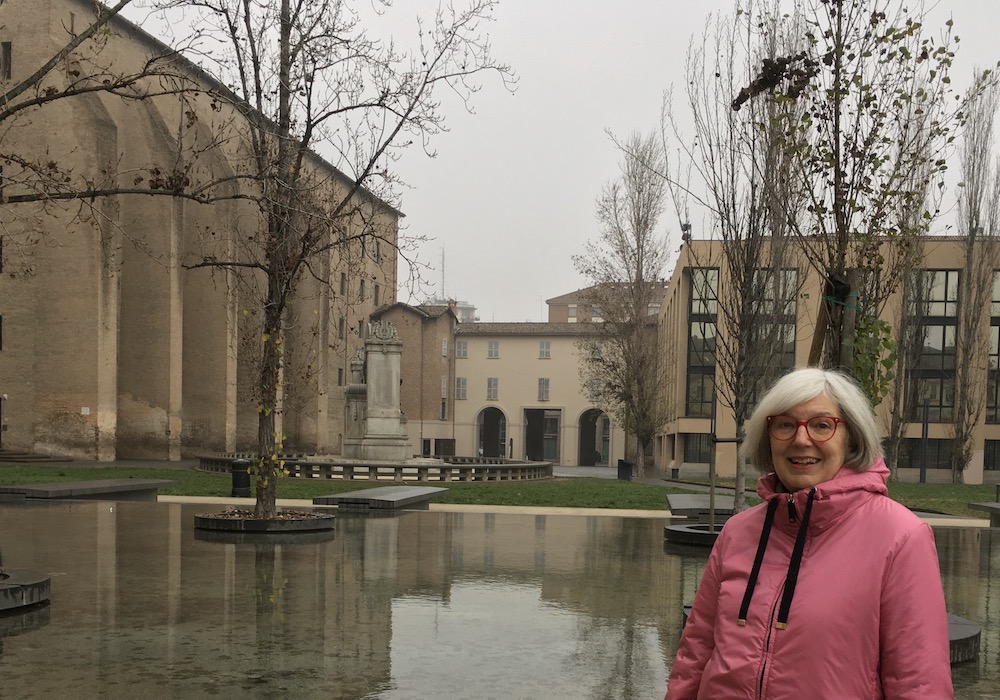There is magic in Bethlehem. Walk its ancient narrow streets. Allow the limestone to tell you tales and when you reach Manger Square and see the Nativity Church, listen to the chants coming from within its walls. As the symphony of candlelight sways inside the church, even the least religious can feel a sacred note pass through them.
This city is my city.
This year, it’s covered in snow—a translucent white glistening in the little town where Jesus was born. A town, according to records, that dates back to the fourteenth century BC as a city-state named after the goddess Beit Lahmu (the Old Testament name Ephrata). But there have been residents here since the Paleolithic era or Stone Age. The Roman Emperor Constantine made Christianity the state religion with the founding of the Eastern Orthodox Church three centuries after the birth of Jesus. The Muslims seized the city in 638, however, a treaty guaranteeing Christians property rights and religious freedom was signed. This luminous place was considered illustrious locally, in Europe, and elsewhere during the Crusader periods of 1099–1187 and 1228–1244; and had its highs and lows during the Mamluk and Turkish rule. Despite the tragic moments that followed—the British, the Zionists—this city’s magic remains unchanging.
Manger Square and Old City (which has a lively market) is its center. There, you will find the Church of the Nativity and St. Catherine’s Church—which you can get to from the Nativity. The Mosque of Omar is across from the church—built in 1860 and named after the second caliph, Omar Ibn al-Khattab. The Peace Center, the newest building in the square, has a bookshop, auditorium, cultural activities, and information about the not-to-be-missed Olive Harvest in October-November. It’s a small city so most of its highlights are a short walk away from the square: Cave (a cavern sits at the lower level) located in Dar Annadwa, also known as the International Center of Bethlehem, where you will find artisans, a gallery, bookstore, and café; Crib Museum—famous for its nativity scenes; the Palestinian Heritage Center—established in 1991 by Maha Saca, preserves Palestinian cultural heritage, especially the arts of embroidery and traditional dressmaking. The multicolored embroideries, with irresistible deep reds as a significant feature, are crafted by women from villages and refugee camps around the city of Bethlehem; Old Bethlehem Museum, in a nineteenth-century Palestinian house—make sure to meet the lovely ladies of the Arab Women’s Union; not far from the square is the Milk Grotto Chapel and Shepherd’s Field.
My two favorite places to eat in Bethlehem: just off Manger Square, on the down-ramp, there are two falafel ventures. After eating their falafels, you will know what one should really taste like. Efteem, the second shop is famous in Palestine for his mix. And in the evening, head to Al-Kuz Café and Bar, a Bedouin-inspired tent-restaurant where you can eat, smoke arguileh (the apple flavor is my favorite) and feel the local spirit.
From October 2013 until October 2014, Bethlehem University will be hosting events in celebration of its fortieth anniversary.
There is a tuneful silence that accompanies me as I walk these streets late at night, and I understand why even when I’m far, I’m always here.
*
Before we leave 2013, it’s impossible to forget those in the region dealing with excruciating circumstances. This winter, their world is cold. Much colder than usual. Despite the beauty of the snow the people in my hometown of Bethlehem aren’t equipped for it. The Middle East has been hit with winter storms—everyone here is facing harsh conditions, especially the newly arrived Syrian refugees in Lebanon and elsewhere. I wanted to end this piece with a thought for them.











